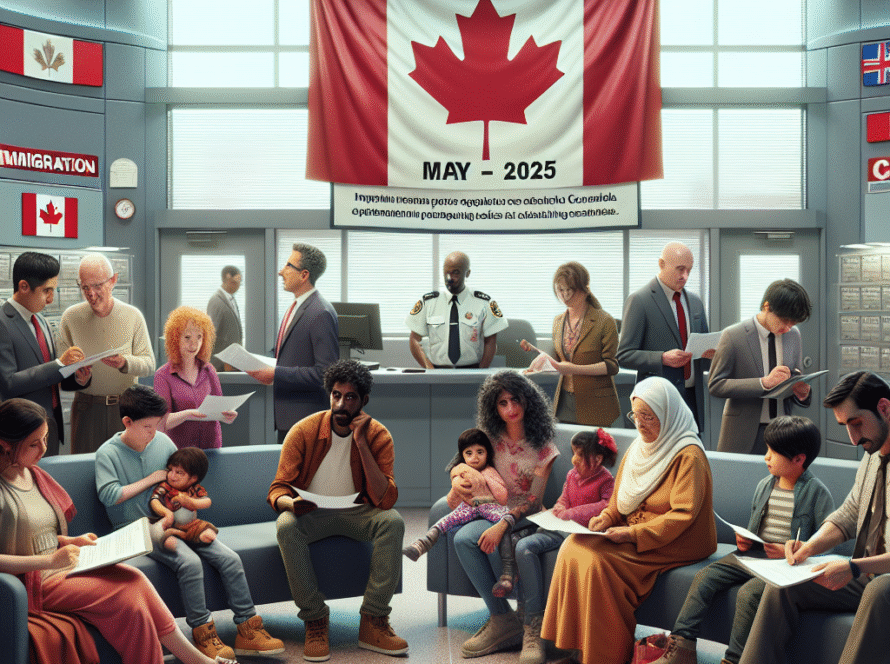2024 IRCC Processing Times Revealed: What to Expect

Canada’s Immigration Processing Times: A Clearer Picture Emerges
As of January 31, 2024, the Immigration, Refugees, and Citizenship Canada (IRCC) has released updated processing times for various immigration applications, highlighting a significant shift towards transparency and accuracy in how these times are reported. This development is vital for prospective immigrants and visa applicants, who rely on these estimates to plan their future in Canada.
Key Updates on Processing Times
The IRCC has revamped its processing tool to focus on actual processing times rather than just service standards. This change, initiated in early 2022, aims to provide more reliable data reflecting the IRCC’s current handling capacity and application volumes. As a result, applicants can now access typical processing times for 80% of citizenship and permanent residency applications, which are regularly updated based on the previous six months of data.
Here are some notable processing times as of late January 2024:
- Citizenship Grant: 15 months
- New PR Card: 18 days
- Spouse Sponsorship (Outside Canada): Ranges from 12 months to 39 months, depending on the location.
- Canadian Experience Class (CEC): 5 months
- Visitor Visa (India): 29 days
Notably, applications for family sponsorship reveal significant variation, particularly between Quebec and other regions in Canada, reflecting the unique immigration landscape in the province.
Understanding the Implications
The IRCC’s commitment to providing accurate processing times is a double-edged sword. While it offers applicants a clearer understanding of what to expect, it also underscores the complexity of the immigration process. Factors such as application volume, individual circumstances, and regional differences can lead to variations in processing times that may exceed the averages reported.
For example, while the average processing time for a spouse or common-law partner living outside Canada is 12 months, individual cases may take longer due to specific legal or personal factors. This unpredictability means that applicants should be prepared for potential delays and remain flexible in their planning.
A Broader Perspective on Immigration Trends
These updates come at a time when Canada’s immigration policies are under scrutiny. As the nation grapples with labor shortages and demographic challenges, the government aims to attract skilled workers while balancing the needs of family reunification. The processing times reflect this ongoing tension, where economic immigration pathways, such as the Canadian Experience Class, are prioritized alongside family sponsorship applications.
Moreover, the IRCC’s focus on priority occupations for work permits signals a shift towards a more selective immigration strategy, potentially leaving some applicants at a disadvantage if they do not fit the criteria. This approach could lead to a more streamlined immigration process for those in high-demand fields, but it also raises concerns about equity and access for all prospective immigrants.
Conclusion
The IRCC’s updated processing times are a step forward in providing clarity and fostering trust in Canada’s immigration system. However, the complexities and variances in processing times serve as a reminder that immigration remains a multifaceted issue, influenced by a range of social, economic, and political factors. As Canada continues to evolve its immigration policies, staying informed about these changes will be crucial for applicants looking to navigate this landscape effectively. Whether you’re a prospective immigrant or simply interested in the dynamics of Canadian immigration, understanding these processing times is essential for making informed decisions about your future in Canada.



